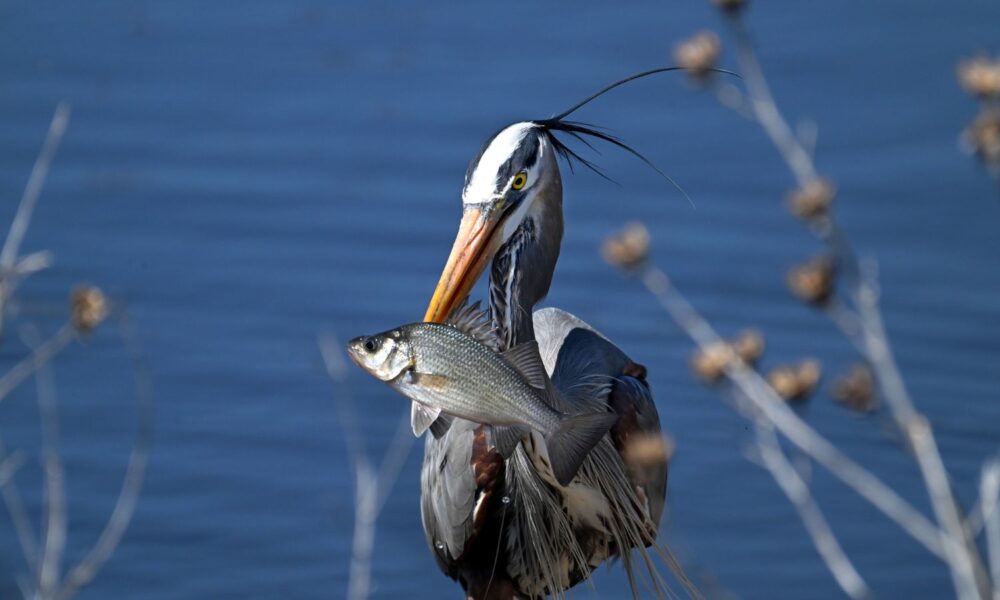Smyrna, Delaware—Bald eagles descended to pose on the banks and boulders on the mudflats. Shorebirds bobbed in shallow pools. Great blue herons, great egrets, and snowy egrets snapped up fish along the water’s edge. Bullfrogs burped from creeks. Fox kits poked their heads out from underneath logs and darted in and out of openings in the brush.
Amid this frenzy in May on the Bombay Hook National Wildlife Refuge, I asked Refuge Manager Oscar Reed what he most appreciates about this place. The first thing that came to mind was not the fine feathered friends, frogs, or foxes that virtually all the other visitors—like me—had cameras, scopes, and binoculars trained on.
“The marsh,” Reed responded. “In the fall, I just love the amber color in the sun and watching it wave in the wind.”
“In one word, how would you describe it?” I asked.
“Tranquil.”
In appreciating the serenity of the marsh, it was as if Reed channeled Rachel Carson, the great environmental writer whose 1962 book, Silent Spring, helped inspire the modern environmental movement. Two decades earlier, in her first book, Under the Sea-Wind, she wrote that “to feel the breath of a mist moving over a great salt marsh…is to have knowledge of things that are as nearly eternal as any earthly life can be.”
I came to this wildlife refuge in Delaware for the birds. Reed and Carson reminded me that without the marshes of coastal wetlands, so much of what is essential for this thriving ecosystem would be dramatically diminished. In the past, Congress and Democratic and Republican administrations going back to the 1980s have agreed, mandating a report every 10 years on the status and trends of wetlands in the conterminous United States.
In the most recent report to Congress last year, the Interior Department and its United States Fish and Wildlife Service said wetlands are vital to up to half of bird species found in North America, more than 80% of threatened and endangered birds and about half of all the animals and plants covered under the Endangered Species Act.
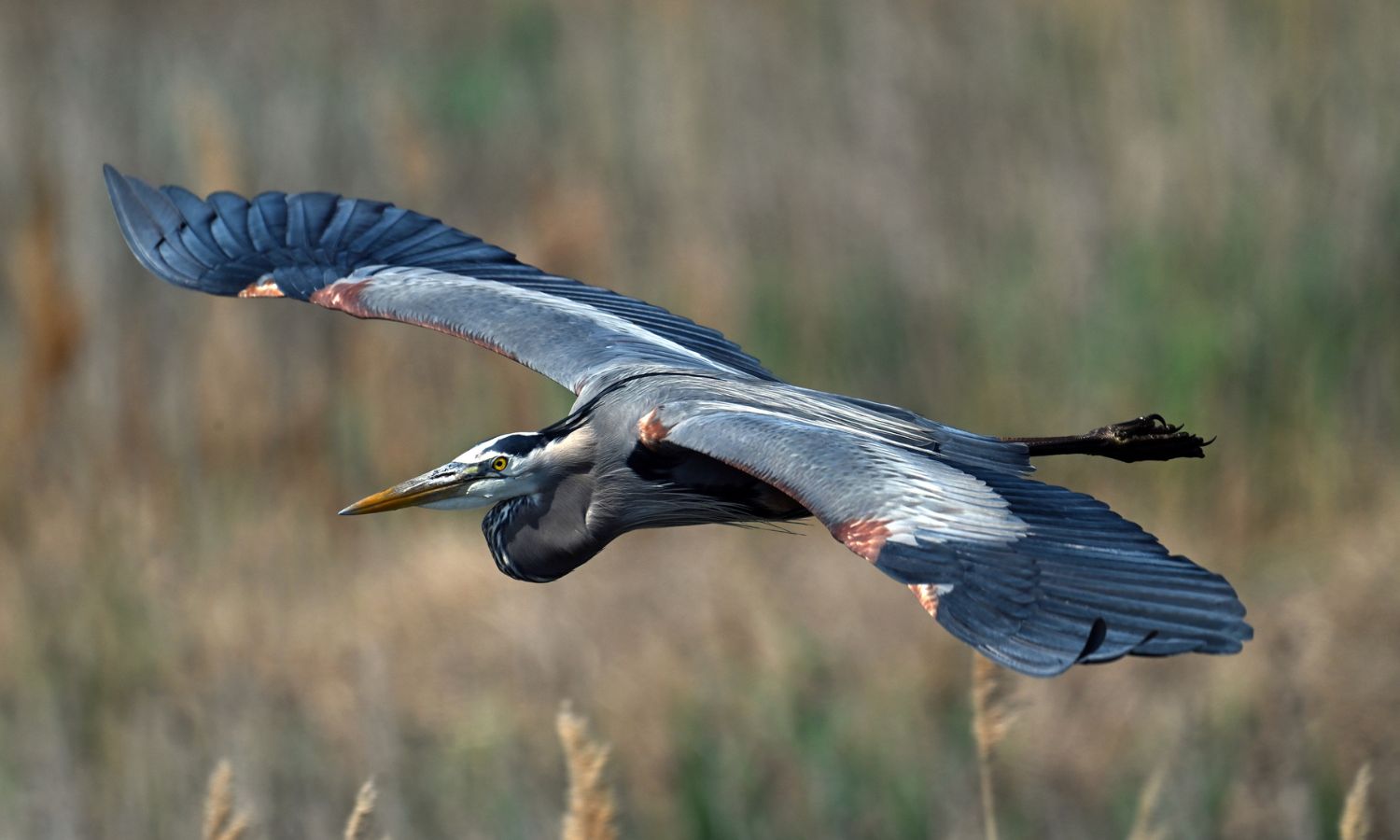
Priceless natural gifts
If Carson were alive in this epoch of climate change, she would have likely added that the breath of marsh mist should stir the soul to remember how priceless a wetland is. According to a 2022 study by researchers at Resources for the Future and Columbia University, wetlands are worth between $1.2 trillion and $2.9 trillion in flood mitigation value alone, a value that has grown more critical with sea level rise and increased frequency and intensity of storms and wildfires.
Then add crab, lobster, scallops, salmon, and shrimp, which are among the nation’s most valuable seafoods. They all spend a portion of their lives in wetlands. The marshes further clean the water for recreational fishing. According to the National Oceanic and Atmospheric Administration (NOAA), commercial and recreational fisheries provide 1.7 million jobs.
Add in other benefits, such as filtering pesticides and fertilizers from agricultural runoff before they run off into rivers and lakes, and other forms of recreation—which of course includes bird watching—and the annual benefits of wetlands soar to $7.7 trillion, according to the congressionally mandated report, a backbone of the nation’s $30 trillion economy.
(By historical coincidence, the $7.7 trillion is eerily about the same amount of money that the Federal Reserve lent, spent or pledged to save the banking system after the 2008 financial collapse, according to Bloomberg News.)
“The ecosystem services provided by wetlands are unmatched by any other habitat except coral reefs,” the report said.
The unmatched value has been recognized in the past on a bipartisan basis. Congress overwhelmingly voted for the Clean Water Act in 1972, and George H.W. Bush respectively signed into law the Clean Water Act and the North American Wetlands Conservation Act in 1989.
When President Bush, a hunter and fisherman, signed the wetlands act, he said he was “disturbed” that the fall flight of ducks was near all-time lows, in a nation that had lost more than half of its original wetlands. He went so far as to make a “no net loss” pledge for wetlands. He declared in a 1989 speech to Ducks Unlimited:
“It’s time to stand the history of wetlands destruction on its head. From this year forward, anyone who tries to drain the swamp is going to be up to his ears in alligators.”
Bush’s “no net loss” pledge resulted in only one recorded period of slight net wetland gain, 1998 to 2004. But the rhetoric helped the nation pump the brakes on wetland loss just enough to see what could happen if there was increased investment in conservation instead of allowing total exploitation.
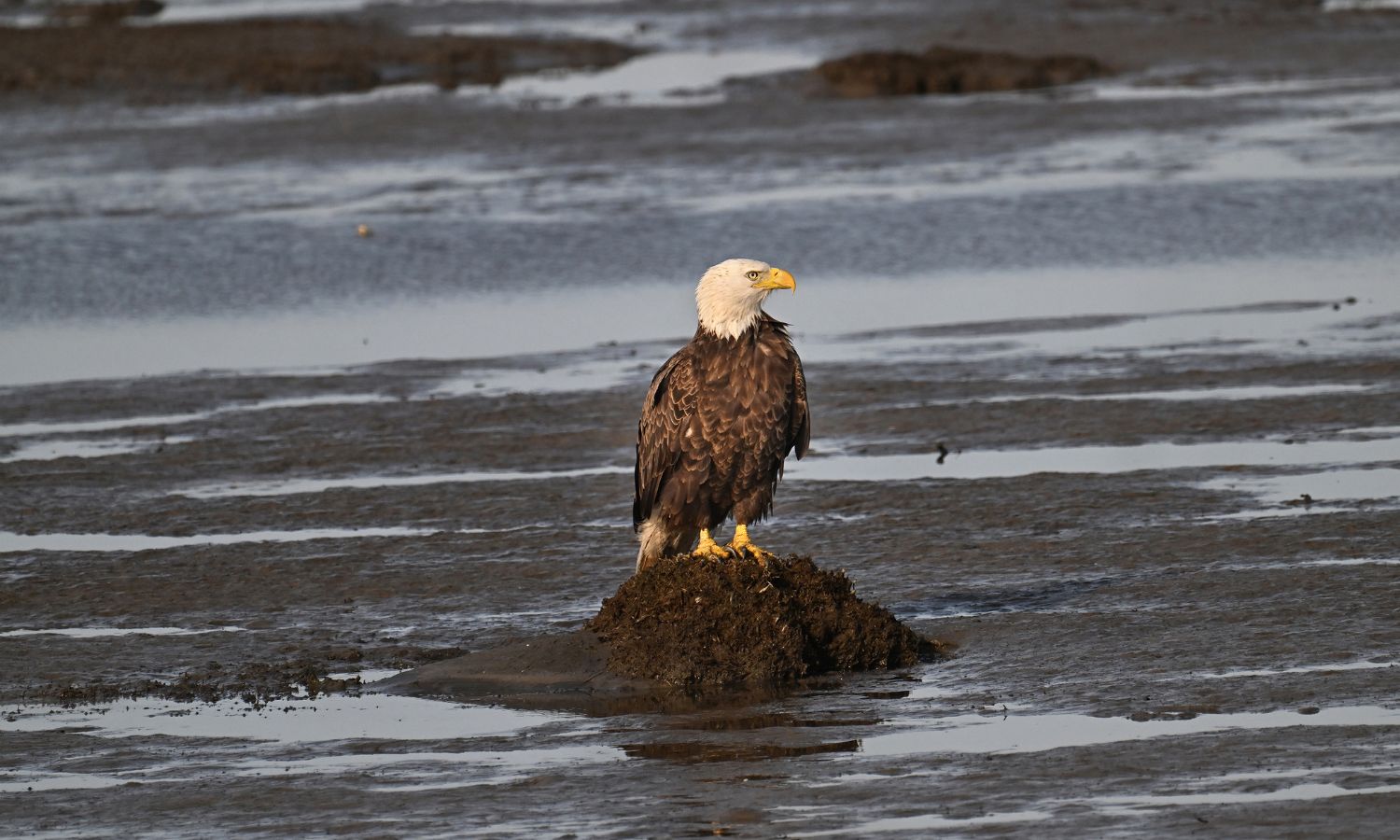
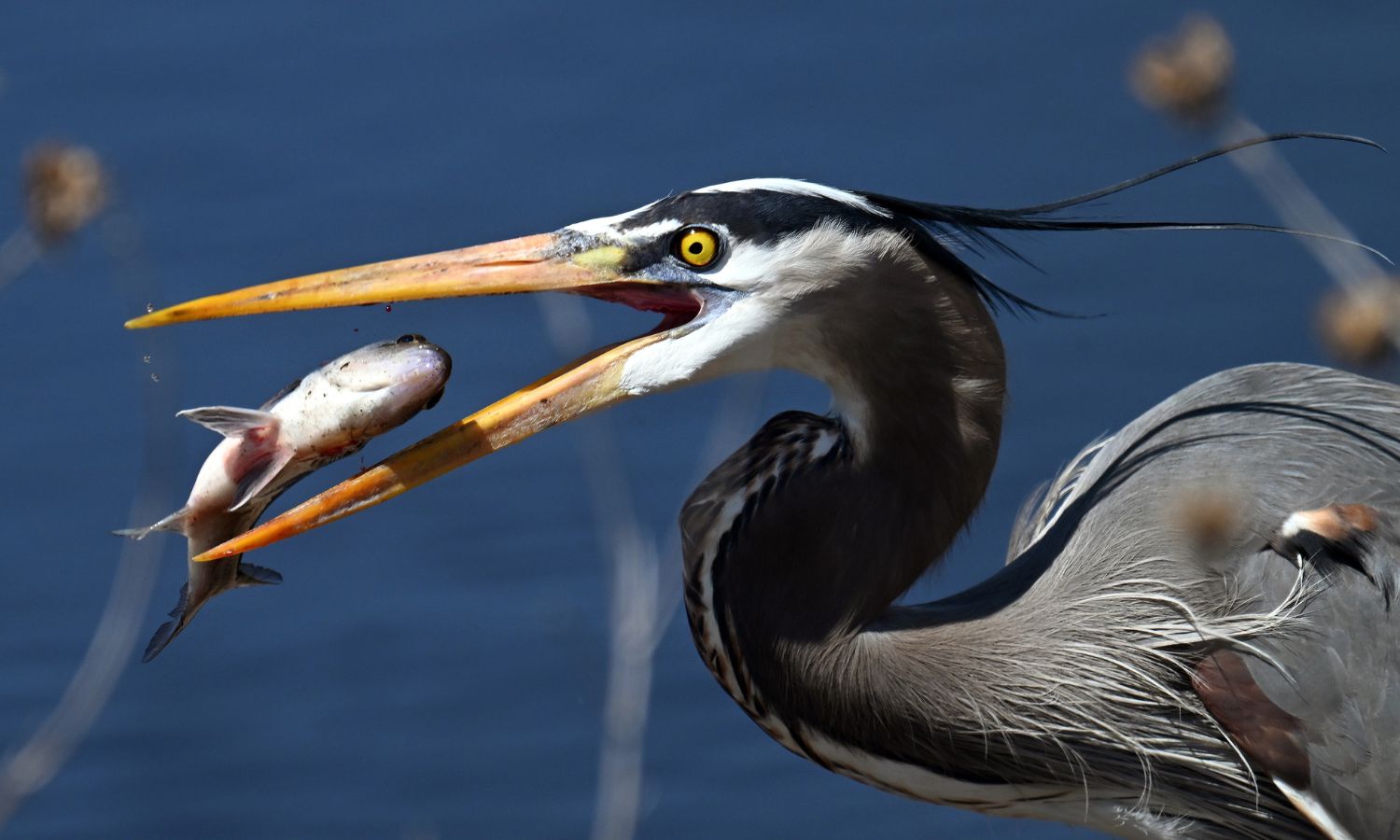
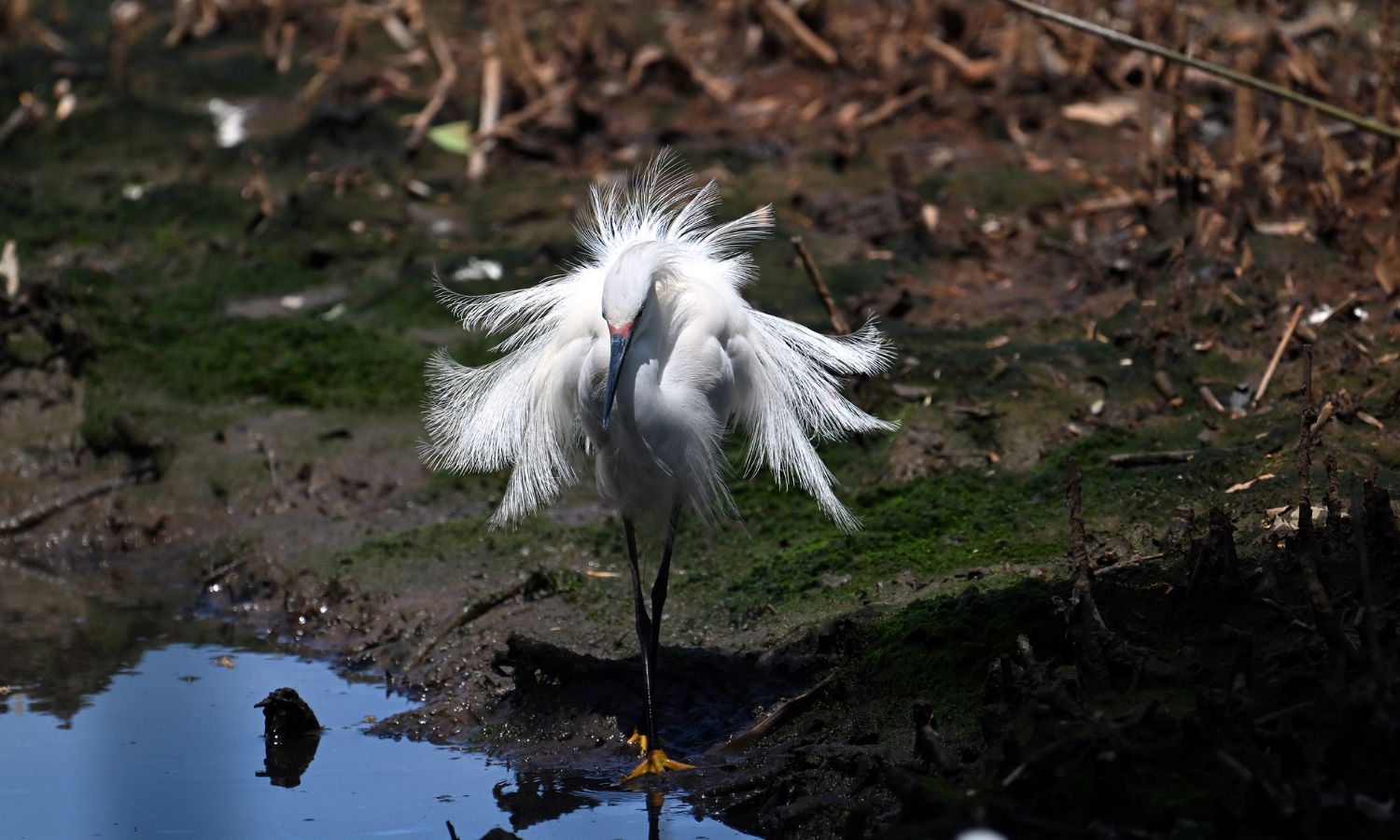
Progress imperiled
The 2022 State of the Birds Report compiled by more than 30 government agencies and conservation organizations, found that wetlands were about the only habitat that showed signs of thriving. While bird populations declined dramatically in most habitats in the United States, the report found that wetlands saw major increases in ducks, geese, swans, and water birds such as pelicans. The report hugely credited the funding triggered by the North American Wetlands Conservation Act in facilitating a “model conservation success story.”
The Fish and Wildlife Service (USFWS), one of the agencies participating in the report, said that since 1991, the act has led to the conservation of more than 32.6 million acres of habitat in 3,300 projects, funded with nearly $7 billion in grants and partner contributions. A joint report in December by USFWS and NOAA found that the rate of wetland loss in coastal watersheds from 2009 to 2019 was less than the rate of loss from 1998 to 2009, indicating “progress towards reducing net wetland loss.”
Such progress is a miracle, partially a result of the Fish and Wildlife Service cobbling together enough partnerships to protect species despite declining congressional funding over the last decade for its refuge system and a resulting erosion of employees. A Congressional Research Service report in January said the number of employees had decreased from about 2,750 in 2014 to about 2,300 in 2023.
The National Wildlife Refuge Association, the leading advocate for the refuge system, says the number of full-time employees at USFWS is now down to 1,750 because of early retirements, unfilled positions, and departures as the Trump administration regained the White House and established the Department of Government Efficiency to eliminate jobs. That is such a massive loss of staffing over the years that the association calls the refuge system “gutted.”
Bombay Hook is part of that erosion, down to 8 employees from 10. That makes continued progress, let alone the elusive goal of no net loss, highly uncertain. The joint report by USFWS and NOAA said that without a “strengthening” of conservation efforts, the loss of inland and coastal wetlands alike may intensify with the combination of local development, commercial agriculture, sea-level rise, and the ever-more severe storms of climate change. “Scientists and decision-makers around the world are concluding that coastal wetlands are critical landscape features that help drive and sustain economic prosperity,” the report said.
Unfortunately, too much of the last decade has been dominated by a Washington that dismisses science and scientists. The Supreme Court, packed to a conservative supermajority by President Trump in his first term, has rolled back many air, water, and wetland protections on behalf of industry and developers, handcuffing the ability of the Environmental Protection Agency to protect the public against pollution and the natural world against habitat loss.
The second Trump administration is going for the jugular, to choke conservation itself. In its proposed fiscal year 2026 budget, it wants to slash Fish and Wildlife Service funding by 32%, from $1.68 billion down to $1.14 billion. The administration would end several conservation funds and end its Science Applications program that coordinates large-scale conservation planning across jurisdictions. Within the overall USFWS budget, the administration would cut the wildlife refuge system by 22%.
In a particular act of bureaucratic cruelty, the administration wants to cut a third of USFWS’s budget, while at the same time absorbing NOAA’s National Marine Fisheries Service Office of Protected Resources to administer the Endangered Species Act. The administration would also cripple other agencies that are key partners with Fish and Wildlife. For example, the US Geological Survey would be cut by 38%, losing its ecosystems research division and taking major hits to its core science systems programs and science support programs.
This is despite the USGS’s website still saying that its ecosystem science is a “critical piece” of government efforts to understand the complex mechanisms of animal disease outbreaks, toxic chemical contamination, invasive species, and the economic burdens of climate-induced weather events and disasters.
There are many other cuts across the government that could imperil wildlife refuges because of their interconnected conservation science, pollution prevention, and climate change data. Among the most notable are the Trump administration’s proposed cuts of 54.5% to the Environmental Protection Agency, 55.8% to the National Science Foundation, and 27% to NOAA.
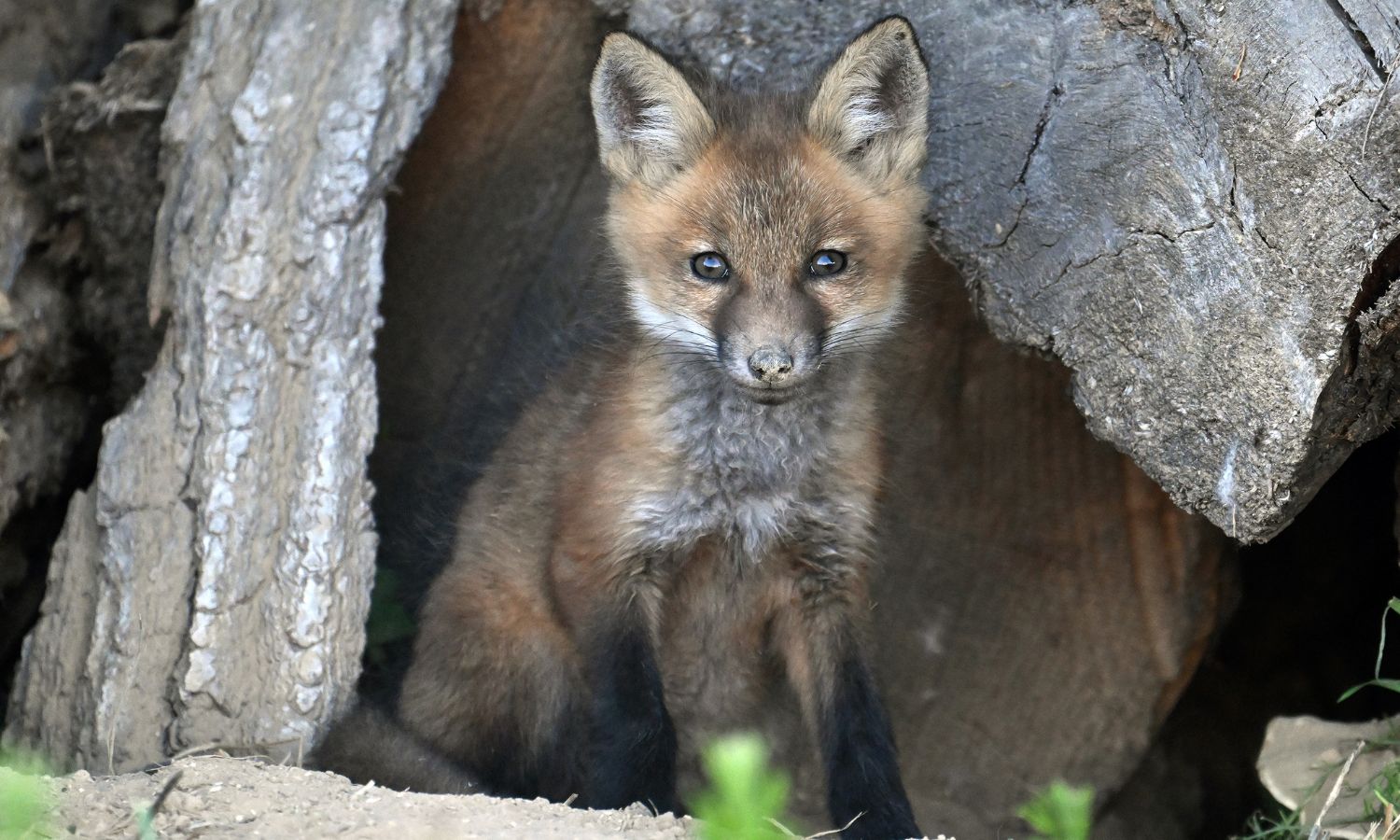
Effects unknown
All of these cuts would drastically affect what I have seen over the years on the Bombay Hook National Wildlife Refuge. It was established in 1937 and developed by a segregated African American Civilian Conservation Corps team from 1938 to 1942. The team cleared swamps, built dikes and causeways, and created freshwater lakes.
The fruits of their labor were immediate, with the refuge manager writing in 1940, “Every night the croaks, squawks, and hoarse guttural screams of Great Blues, American Egrets, and Black-crowns (herons) can be heard as never before on any section of the refuge. This is something entirely new, and very much a spectacle to us as well as to our Natural-History minded friends.”
I’ve heard the croaks, squawks, and hoarse guttural screams on several visits. One year I visited, tens of thousands of snow geese honked in the marsh. When they were spooked by something overhead, I could feel the concussive power of them taking off all at once, so tightly packed that it was as if I were looking at a white sheet. On another trip, a river otter cruised along a creek shimmering with the orange, yellow and red reflection of fall foliage. On another, gorgeous, rusty-red headed avocets foraged in the shallows.
On this last visit, Oscar Reed drove me around, telling me how none of what I saw was an accident. We spoke on the condition that the discussion was solely on the beauty of the place and not about politics. The refuge has one of the largest tidal marshes in the mid-Atlantic, with a low tide that exposes mud flats as far as out as the eye can see. High tide turns the area into what seems to be a series of lakes, but the water in many places is only 18 inches deep.
Reed, 60, oversees a delicate manipulation of this environment, raising and lowering water in impoundments as needed for the best feeding conditions for shorebirds, wading birds, and ducks. Sometimes, the work can be backbreaking, such as wading out into the marsh with a potato rake to clear beaver logs that hinder the effectiveness of water control structures. “The logs are so well knitted together, it takes everything to dislodge them,” he said.
He said that visiting scientists studying the refuge for marsh management can find it more than a notion to do their work. And hunters might have a surprise waiting if they are not careful. “There was one researcher who went out in the mudflats and got stuck where she couldn’t move her legs,” Reed laughed. “We also had a hunter who got stuck and had to use his brand-new shotgun to push himself out.”
The reward for the management is a parade of sights that never stop surprising him. Populations of threatened piping plovers have inched up. This spring for instance, uncommon birds for Delaware found this place a haven, such as sandhill cranes and a roseate spoonbill way off course from its Gulf Coast climes. The number of bald eagles cruising through in the spring to feed on fish has grown over the years to as many as 50 in a single day.
They are sights that have 100,000 visitors a year coming to this refuge to see, as Carson would say, creatures far more eternal than us. Eagles, for instance, started evolving around 36 million ago. The oldest fossils of great blue herons, which look like prehistoric pterodactyls to many onlookers, are 1.8 million years old. Our species of humans has been around for only 300,000 years. As we passed the eagles, herons, and sandpipers, Reed said, “Some of the best satisfaction I get is when I look at the guest book in the visitor center and I see lots of exclamation points.”
The best exclamation point would be if the nation rose up to remind the Trump administration—to borrow from President George H.W. Bush—that anyone who tries to drain the wetlands and murder the marsh is going to be up to their ears in protest. In their simultaneous tranquility and cacophony, the nation’s 573 national wildlife refuges remain arguably the nation’s greatest place, as Carson said, to have knowledge of things that are as nearly eternal as any earthly life can be.
